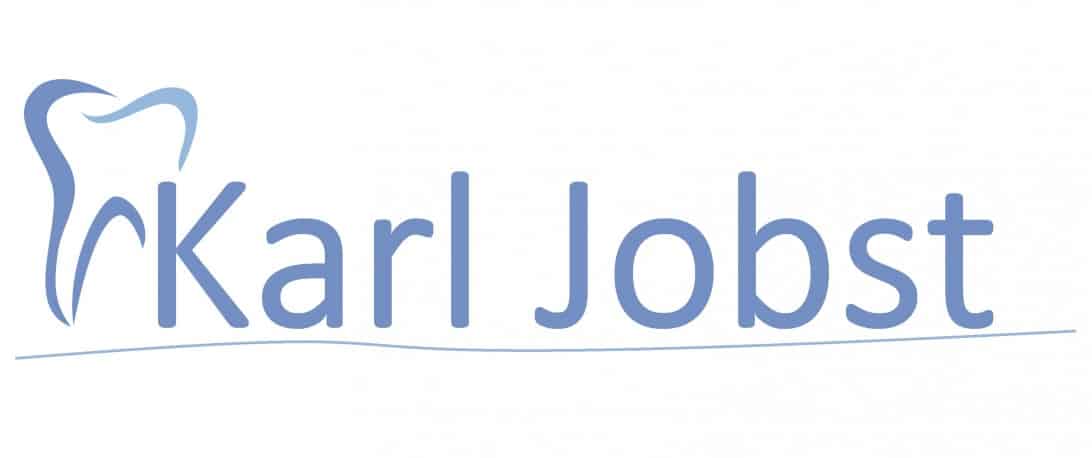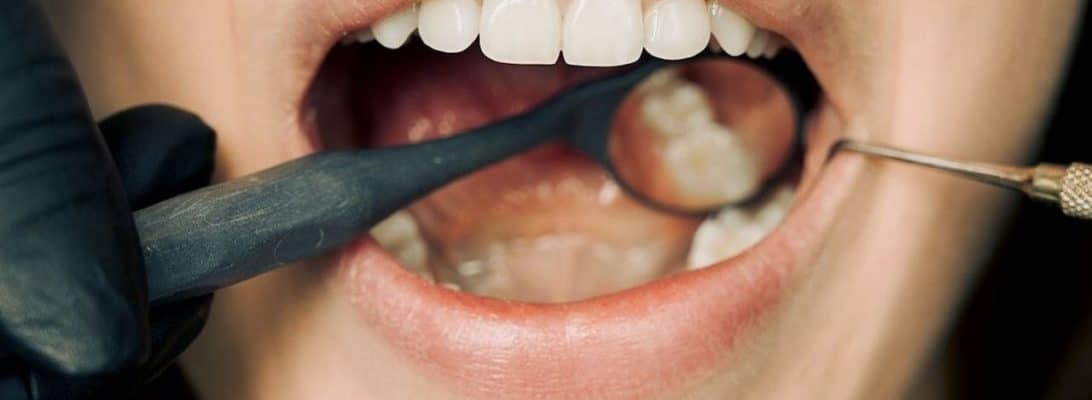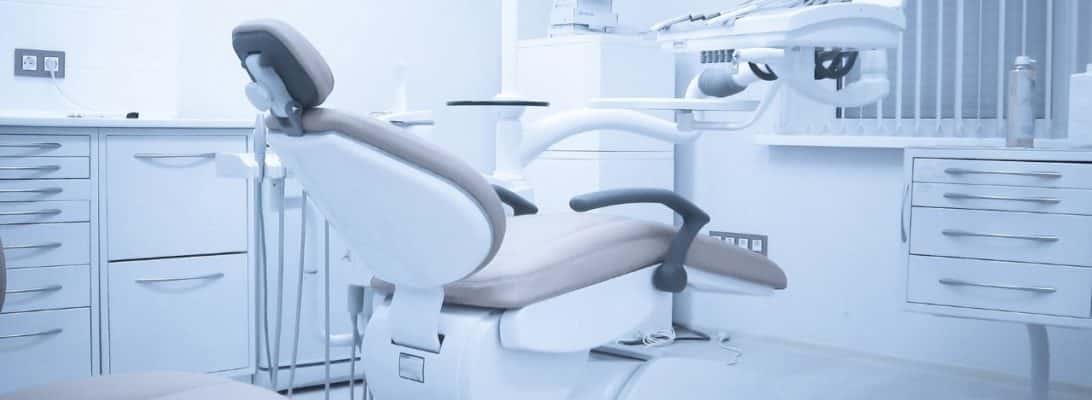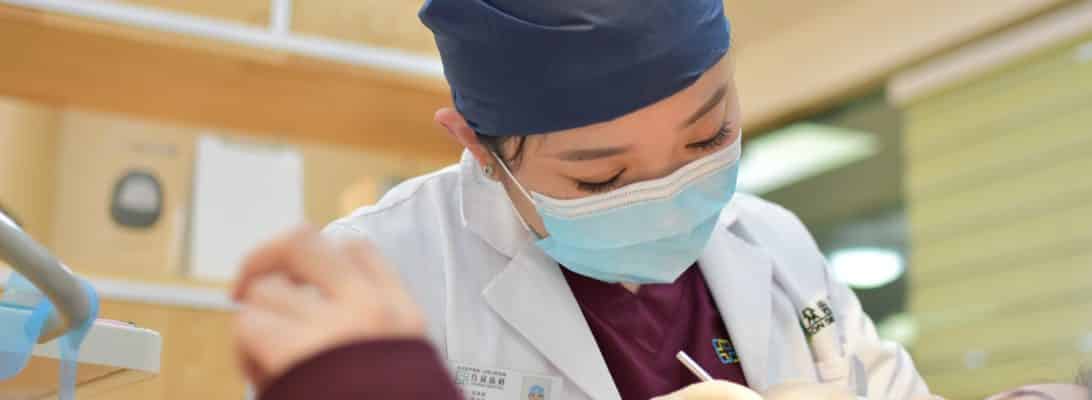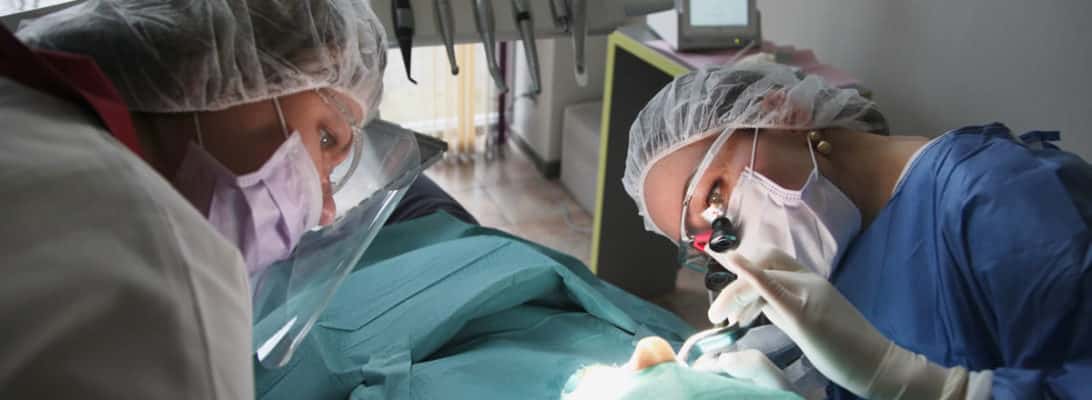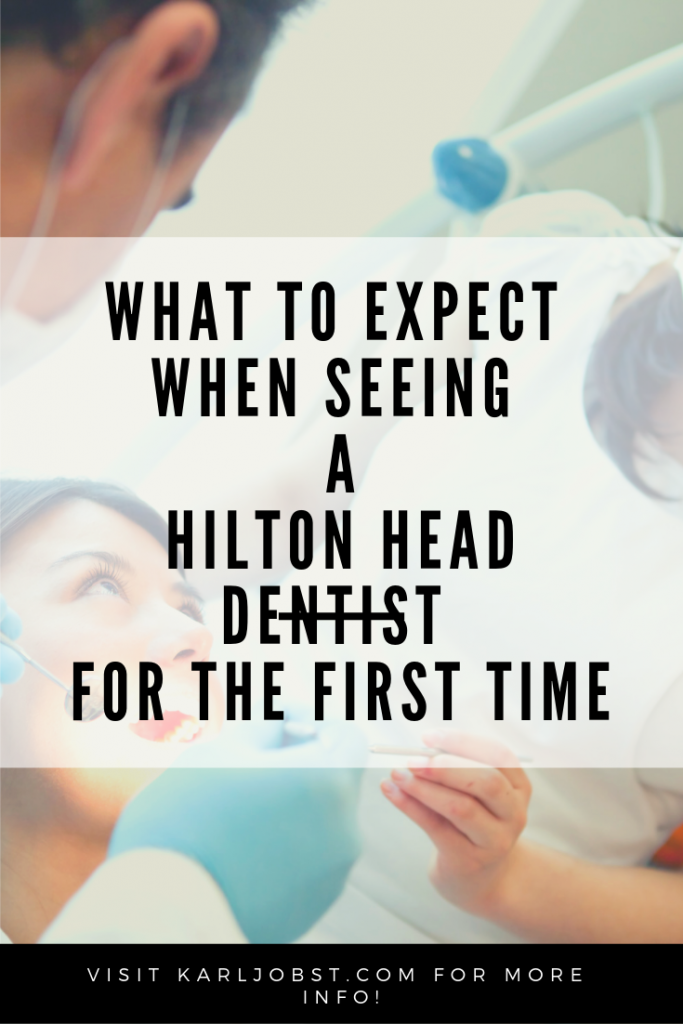What Are Dental Implant Restorations?
You know that smile is one of the first things people notice about you. But what if you’re hiding your smile because you’re missing teeth or have teeth that are broken, chipped or stained? Don’t keep hiding your smile and missing out on life. Dental implant restoration can give you back your smile and confidence.
Dental implants are one of the most natural-looking and longest-lasting solutions for replacing missing teeth. They provide a permanent solution that allows you to eat, speak and smile with confidence again. Dental implants can be used to replace a single tooth or multiple teeth, providing a strong and stable support system for replacement teeth that look, feel and function like natural teeth.
With cutting-edge 3D imaging and advanced surgical techniques, dental implants have become more accessible, affordable and predictable than ever before. The expert dentists use the latest tools and technology to evaluate your smile and provide a customized treatment plan to give you your smile back. It’s time to stop hiding your smile. Dental implants can give you a smile you’ll want to show off again.
Benefits of Dental Implant Restorations
Dental implant restorations are the closest thing we have to natural teeth. Unlike dentures or bridges, implants are permanent tooth replacements that are surgically placed into your jawbone.
The Procedure
The process typically takes several months to complete but the end results are well worth it. First, titanium posts are implanted into your jawbone where your natural tooth roots once were. Over time, the titanium fuses with your living bone through a biological process called osseointegration.
Once the implants have fully integrated, abutments are attached which serve as connectors between the implants and your new replacement teeth. Custom crowns, bridges or dentures are then secured to the abutments.
(-) No more slipping, clicking or sore spots from ill-fitting dentures
(-) Eat your favorite foods again without worrying about your teeth
(-) Regain your natural smile and confidence
A Permanent Solution
With good oral care, dental implants can last a lifetime. They help prevent bone loss and gum recession in the areas where teeth are missing. The end result is replacement teeth that look and function like natural teeth.
Dental implant restorations have revolutionized tooth replacement. They’ve given countless people back their smile and ability to enjoy life without the hassles and embarrassments of traditional dentures or bridges. If you’re missing teeth, talk to your dentist about whether you’re a candidate for this life-changing treatment. With dental implants, you can smile, speak and eat with confidence again.
FAQs About Dental Implant Restorations
Dental implants can drastically improve your smile and confidence. Here are a few of the major benefits of dental implant restorations:
Improved Appearance
Implants look and feel like real teeth. No more worrying about your dentures slipping or clicking when you talk or eat. Implants provide a permanent solution to missing teeth that blend right in with your natural smile.
Easier Eating
With implants, you can eat all your favorite foods again without difficulty. Bite into an apple or corn on the cob and actually taste the flavors. No more avoiding crunchy or chewy foods because your dentures won’t allow it. Implants function like real teeth, allowing you to eat naturally and comfortably.
Improved Speech
Implants eliminate the slippage and mumbling often associated with dentures. You can speak clearly and confidently without worrying that your teeth might slip or click. Implants allow you to speak naturally without thinking twice about it.
Better Oral Health
Since implants fuse with your jawbone, they help prevent bone loss and gum recession that often happens with missing teeth. Implants keep your gums and jawbone healthy and strong. They also make it easier to brush and floss your teeth, allowing you to maintain good oral hygiene.
In summary, dental implants offer both cosmetic and health benefits for people with missing teeth. They are a permanent solution that can give you back your smile, confidence and quality of life. If you’re tired of dealing with the hassles of dentures or missing teeth, it may be worth discussing implants with your dentist. They could change your smile and your life.
